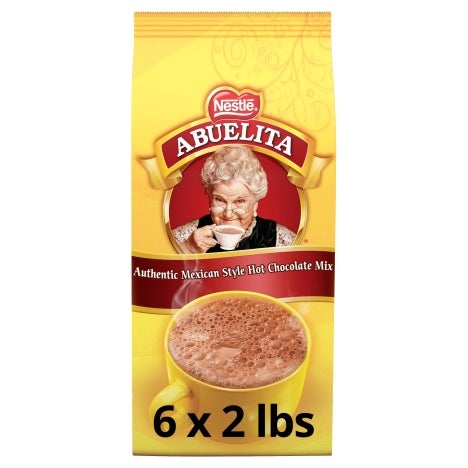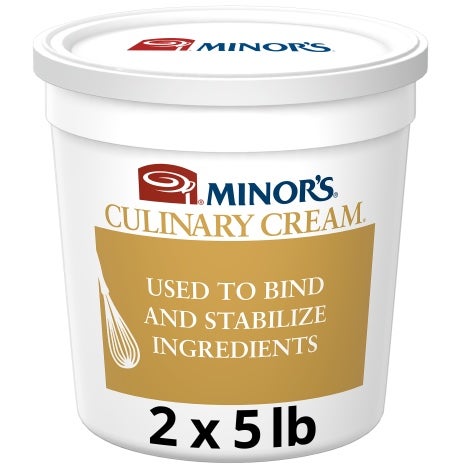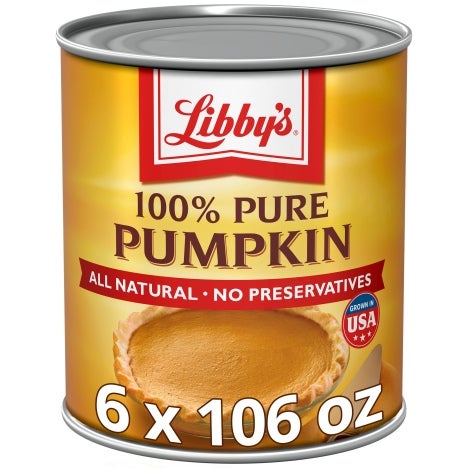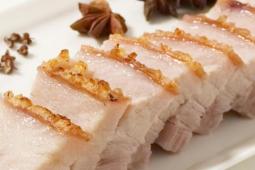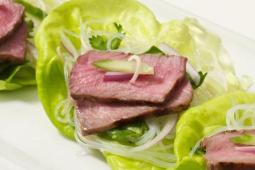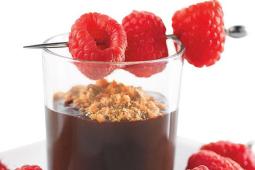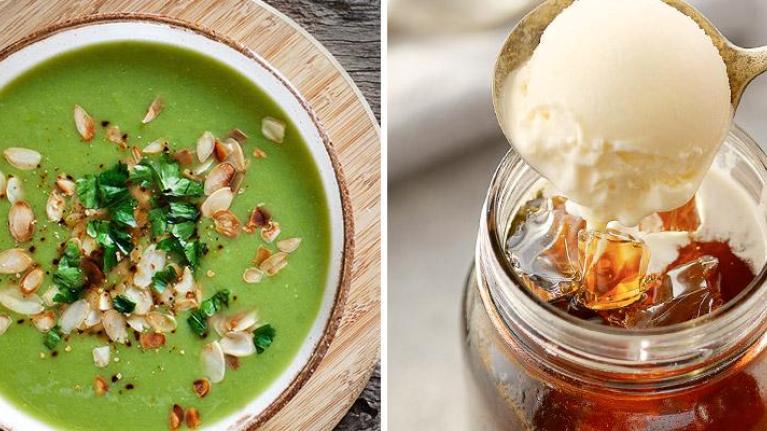
Texture Keeps It Interesting
Delicious food is about flavors—and texture. Learn how to add and manipulate textures to make every mouthful a pleasure of taste and crunch.
There’s more to creating craveable food and beverage items than manipulating flavor and appearance. In fact, for many chefs, the secret ingredient in a signature menu offering is texture.
Texture adds interest and prevents palate fatigue, bite after bite. A well-constructed salad, for example, is all about the interplay of textures as well as flavors, shapes, and colors: the tender crispness of lettuce, the crunch of radishes or nuts, the softness of cheese, and the velvety smoothness of ripe avocado. Watching someone eat a salad by spearing a forkful of different ingredients helps to prove that.
Go for Crispy
Some of today’s most popular menu items celebrate crispness, and even herald it by name, like the almost-ubiquitous Crispy Fried Chicken Sandwich that has become a mainstay.
Battering or breading and deep-frying just about any food is a surefire way to create a crispy surface, but other crunch-inducing techniques include heavy pan-searing and encrusting foods in textural elements like sesame seeds or herbed breadcrumbs.
Naturally crispy ingredients can also add a satisfying hit of crunch to foods: vegetables like chopped celery or raw carrots, pickles, and coleslaw; nuts of all kinds; wonton noodles; and puffed grains.
Soft and Rich Is Good, Too
Is there anything more indulgent than chocolate mousse or rice pudding? It’s not just sweetness, it’s the luxurious, mouth-filling texture.
Soft, rich texture also works well in savory dishes and in combination with crispy, crunchy elements: fried pita or tortilla chips with silky hummus or queso; popcorn shrimp with creamy tartar or remoulade sauce; ice cream between two chocolate chip cookies.
Beverages are an ideal place to play with rich, smooth texture. Shakes, smoothies, frappes, lattes, and other blended beverages get a lot of their appeal from their creamy, soft texture, which also helps these specialties do double duty as snacks and desserts.
Bicerin is a trendy Italian coffee specialty that consists of a layer of soothing hot cocoa in the bottom of a glass, topped with a frothy float of espresso, and then a cool cap of whipped cream.
Fun with Texture
Texture can be surprising, a delight for the senses that goes beyond flavor and aroma. Cherry tomatoes have that three-textured experience of juicy flesh and jelly-like seeds inside a firm, encompassing skin. Pickled mustard seeds add a quick mouth-pop and a burst of spicy heat to vinaigrettes or potato salad.
Tapioca pearls add satisfying chewiness to sips of refreshing juice or iced tea for a premium boba or bubble tea, with its festive appearance and the interactive fun of finding the bubbles with a straw.
And the molecular technique of spherification (enclosing liquids in agar-agar), is all about creating the element of textural surprise, making “caviar” that provides a liquid explosion inside a delicate shell of gelatin.
More Texture Tips
- Sprinkle toasted breadcrumbs over pasta, vegetables, and other soft foods for a crisp finish
- Whip thick beverages such as hot cocoa for an airy, luxurious texture
- Fresh salsas, chutneys, and relishes add a bit of textural as well as flavor balance to protein items like grilled chicken or fish
- Slippery foods can also be interesting; vegetables like sautéed mushrooms and many Asian noodle dishes celebrate this unusual texture
- When preparing ice-blended beverages, undermix slightly to leave some ice crystals intact
- Put potato or corn chips inside a sandwich for a mouthful of crispy
- Float whipped or heavy cream on top of hot or cold beverages for a more luxurious mouthfeel
- Plate soft foods like smoked salmon on crispy potato pancakes
- Seeds of all kinds (flax, pumpkin, sesame) not only add texture, but they have positive nutritional benefits and a great image with customers
- Rimming a glass with sugar or salt not only adds flavor, it also imparts a pleasant graininess to sip a beverage through
- Add textural contrast to cream soups with bread or polenta croutons, wasabi peas or popcorn, crisp cubes of bacon, or fried onion straws
The information provided is based on a general industry overview, and is not specific to your business operation. Each business is unique and decisions related to your business should be made after consultation with appropriate experts.
This recipe for Nashville Hot Chicken Mac Sliders demonstrates how to build a recipe for texture as well as flavor and visual interest. Deep-fried spicy breaded chicken thighs set a crispy stage. Slider buns provide a sturdy neutral base, topped with rich and tender mac and cheese, velvety Dijon mayo, and the final acidic crunch of pickle slices.
Affogato con Panno is the ultimate textural shape-shifter. “Drowning” (affogato in Italian) ice cream in hot espresso starts a melting process that makes every sip or spoonful different; a garnish of whipped cream adds extra richness. Serve with biscotti or a cookie tuille for a crunchy dunk that also changes texture.
